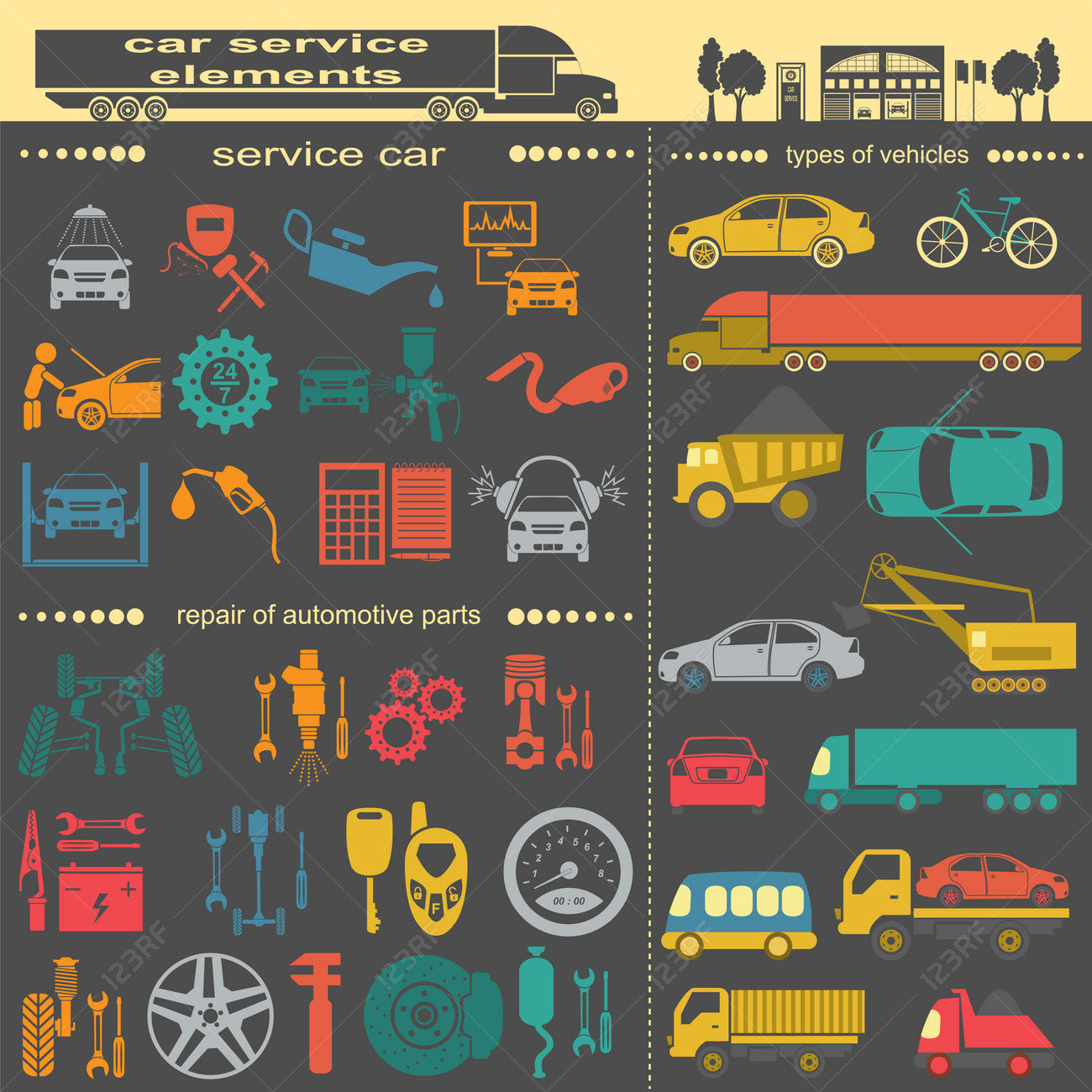Decoding Your Lorry'S Caution Indicators: What They Absolutely Symbolize
Decoding Your Lorry'S Caution Indicators: What They Absolutely Symbolize
Blog Article
Author-Lauritsen Winters
When you're behind the wheel, those beautiful caution lights on your control panel can be a little bit perplexing. Do you understand what they're trying to tell you about your cars and truck's health? Understanding the value of these lights is vital for your safety and security and the longevity of your vehicle. So, the following time one of those lights pops up, would not you want to analyze its message accurately and take the required actions to address it?
Common Caution Lighting and Interpretations
Identify usual caution lights in your auto and recognize their definitions to guarantee secure driving.
One of the most typical warning lights include the check engine light, which indicates problems with the engine or discharges system. If this light begins, it's essential to have your automobile examined immediately.
The oil stress warning light shows low oil pressure, requiring instant attention to avoid engine damages.
A flashing battery light may recommend a malfunctioning charging system, potentially leaving you stranded if not attended to.
The tire stress surveillance system (TPMS) light alerts you to reduced tire stress, impacting lorry stability and fuel performance. Disregarding this might result in unsafe driving conditions.
The abdominal muscle light shows a problem with the anti-lock braking system, compromising your ability to stop promptly in emergency situations.
Lastly, Web Site alerting light warns of engine getting too hot, which can result in serious damage if not dealt with swiftly.
Understanding detailing courses will certainly assist you address concerns without delay and keep safe driving problems.
Importance of Prompt Focus
Comprehending the typical caution lights in your cars and truck is just the first step; the significance of without delay dealing with these cautions can not be highlighted sufficient to guarantee your safety when traveling.
When a warning light illuminates on your control panel, it's your auto's way of connecting a prospective concern that requires interest. Neglecting these warnings can lead to a lot more extreme problems later on, jeopardizing your safety and security and potentially costing you a lot more in repairs.
Trigger interest to warning lights can prevent break downs and accidents. For instance, a flashing check engine light can indicate a misfire that, if left unattended, can cause damage to the catalytic converter. Addressing https://arthurqlgbu.blogoxo.com/30078764/eager-to-study-auto-outlining-supplies-figure-out-which-devices-are-vital-and-collect-skilled-understandings-to-increase-your-outlining-effectiveness-as-a-newbie can save you from an expensive repair.
Likewise, a brake system warning light might signify reduced brake fluid or used brake pads, essential parts for your safety and security when driving.
DIY Troubleshooting Tips
If you discover a caution light on your control panel, there are a few do it yourself troubleshooting pointers you can try before looking for professional assistance.
The first step is to consult your cars and truck's manual to recognize what the certain warning light indicates. Often Read Full Report can be as easy as a loosened gas cap setting off the check engine light. Tightening up the gas cap might resolve the issue.
Another usual problem is a low battery, which can set off various warning lights. Inspecting the battery links for corrosion and guaranteeing they're secure may deal with the issue.
If a caution light lingers, you can try resetting it by detaching the vehicle's battery for a few minutes and afterwards reconnecting it. In addition, checking your vehicle's liquid levels, such as oil, coolant, and brake fluid, can aid repair cautioning lights associated with these systems.
Final thought
Finally, recognizing your auto's warning lights is necessary for keeping your automobile running efficiently and safely. By immediately dealing with these informs and recognizing what they indicate, you can stay clear of pricey fixings and possible break downs.
Remember to consult your automobile's guidebook for specific details on each cautioning light and do something about it as necessary to ensure a trouble-free driving experience.
Remain notified, remain risk-free when driving!
